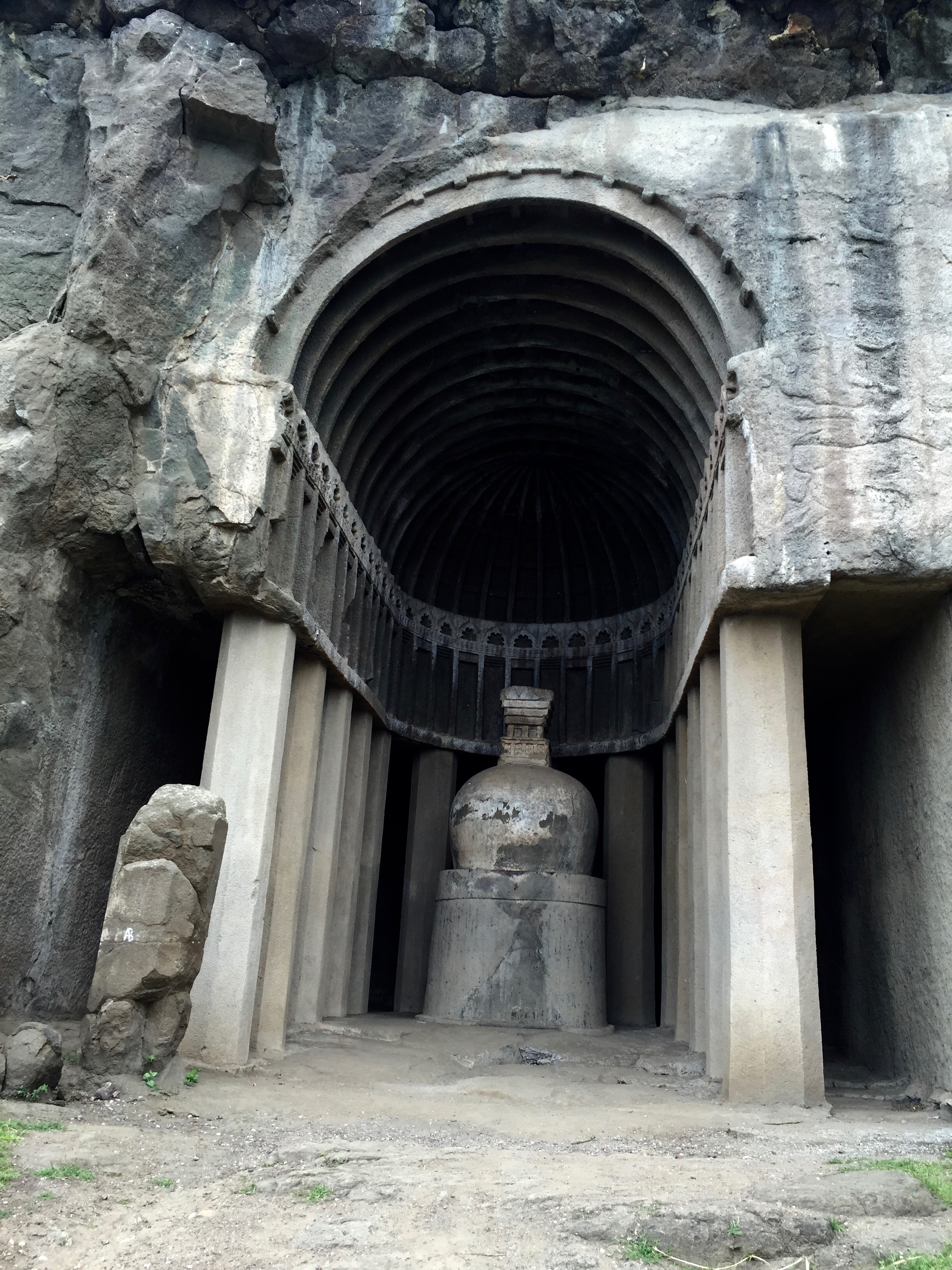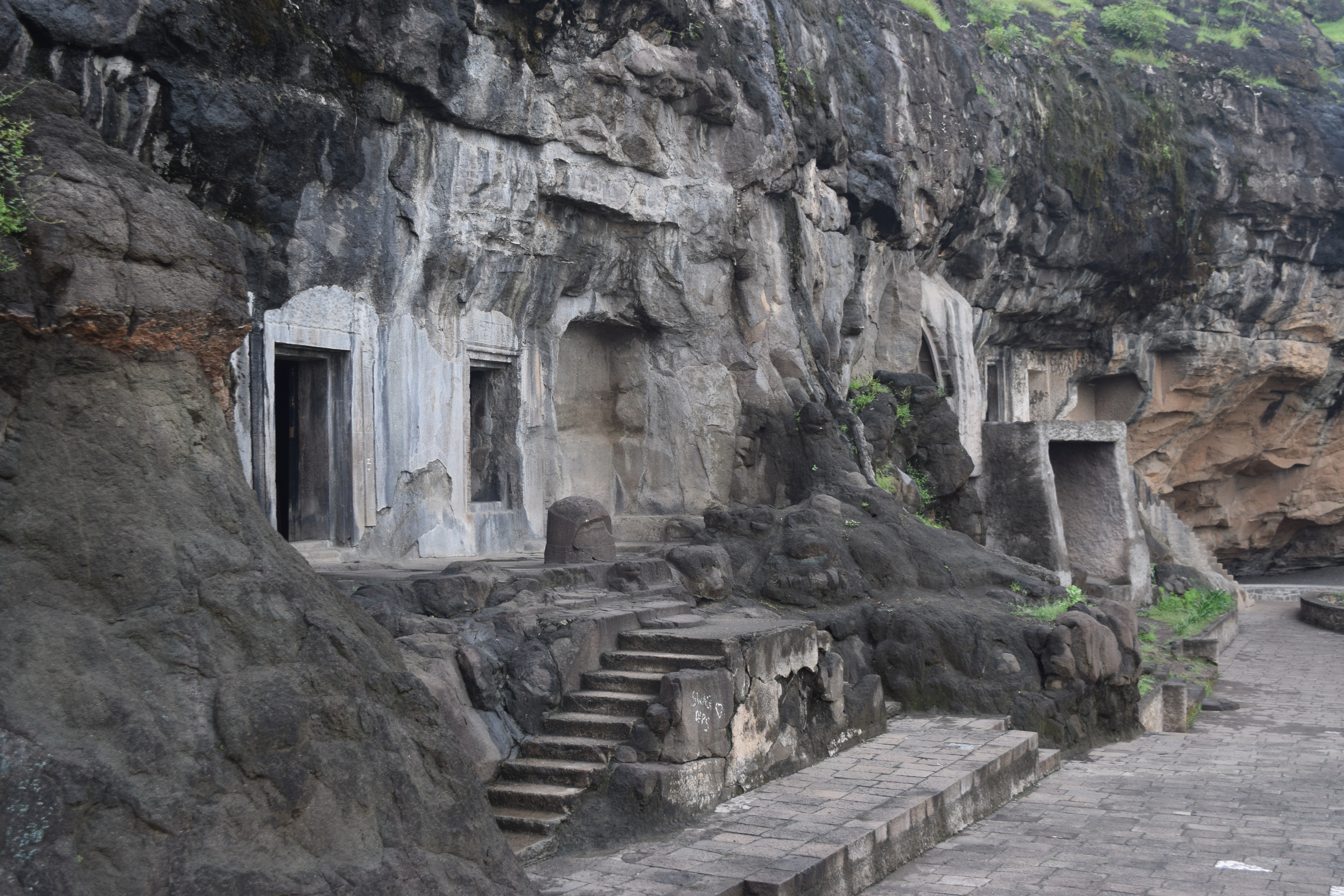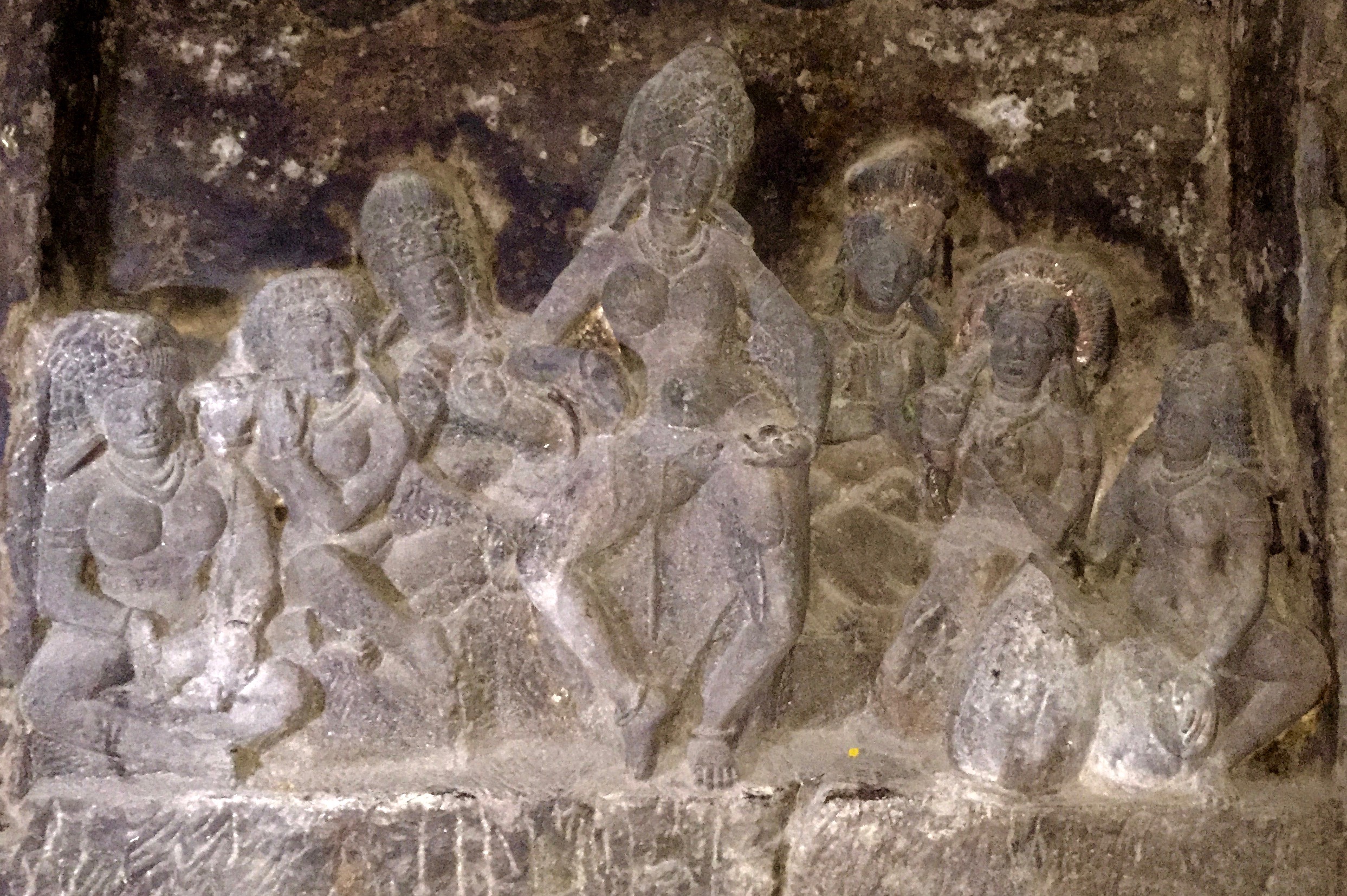The Aurangabad Caves represent a profound testament to the rich Buddhist architectural and cultural landscape of Maharashtra, India. Nestled on the slopes of the Sihyachal range, these 12 rock-cut caves offer an extraordinary window into the religious and artistic evolution spanning from the 2nd to 7th centuries. Their strategic location, approximately 100 meters above the surrounding plain, provides not just a geological marvel but a historical narrative etched in stone.
The caves' architectural complexity reveals multiple phases of Buddhist development, particularly highlighting the transition from early Buddhist traditions to the more elaborate Mahayana school. The Western and Eastern cave clusters, along with an unfinished third group, demonstrate sophisticated carving techniques applied to soft basalt rock. Each cave tells a unique story of religious dedication, artistic expression, and cultural transformation.
Religious syncretism is powerfully illustrated through these caves, where Buddhist spaces gradually incorporated elements of Jainism and Hinduism. Cave No. 5's whitewashed surfaces and the presence of a conch shell near Buddha's throne, alongside later Hindu iconography like Durga and Ganesha, underscore the fluid religious boundaries of the Deccan region. This architectural palimpsest reflects the dynamic spiritual landscape of medieval India.
Patronage played a crucial role in the caves' creation and preservation. The Satavahana and Vakataka kingdoms, significant political powers of the era, supported these religious excavations. The absence of dedicatory inscriptions, unusual for such sites, suggests alternative forms of royal and lay sponsorship that enabled these remarkable constructions. Each carved chamber represents not just a religious space but a complex socio-political statement.
Architecturally, the Aurangabad Caves demonstrate remarkable craftsmanship. Viharas (monastic residences) and chaitya halls were meticulously carved, with intricate sculptures revealing advanced artistic techniques. The central sanctum in Cave No. 2, for instance, showcases the sophisticated religious and aesthetic sensibilities of the artisans. The soft basalt's malleable nature presented unique challenges, making their preservation even more remarkable.
The caves' historical significance extends beyond their immediate religious context. They are mentioned in a Brahmi inscription at the Kanheri Caves, linking them to the ancient city of Rajatalaka, now modern Aurangabad. This connection provides crucial archaeological evidence about regional interconnectedness and cultural exchange during ancient times. Scholars like James Bird and John Wilson have gradually recognized their importance in understanding broader historical narratives.
Despite their immense historical value, the Aurangabad Caves remain relatively underexplored in mainstream tourist circuits. While sites like Ajanta and Ellora receive more attention, these caves offer an equally compelling narrative of India's complex religious and cultural evolution. They stand as a silent testament to the intellectual and spiritual richness of the Deccan region, inviting deeper scholarly investigation and appreciation.
The ongoing research and preservation of the Aurangabad Caves represent more than archaeological documentation—they are a critical endeavor to understand the nuanced cultural transitions of medieval India. Each carved surface, each weathered sculpture tells a story of religious devotion, artistic excellence, and the continuous dialogue between different cultural traditions that have shaped the subcontinent's rich heritage.






